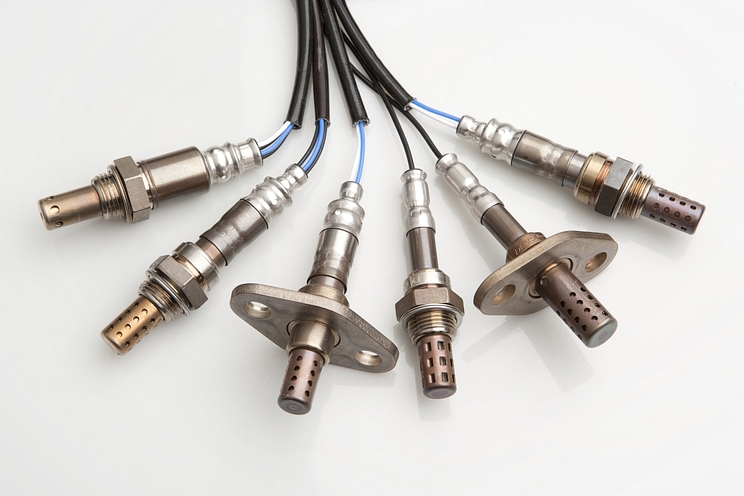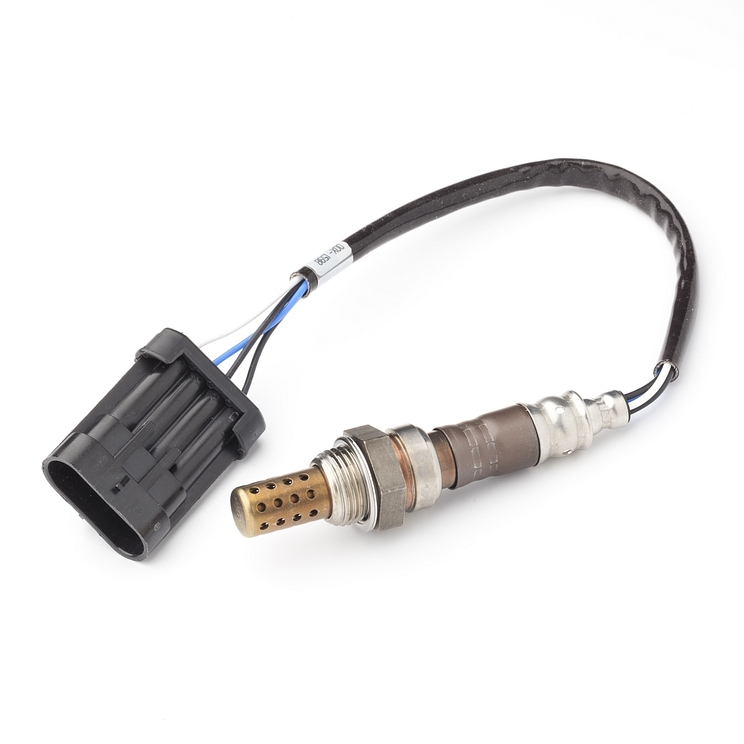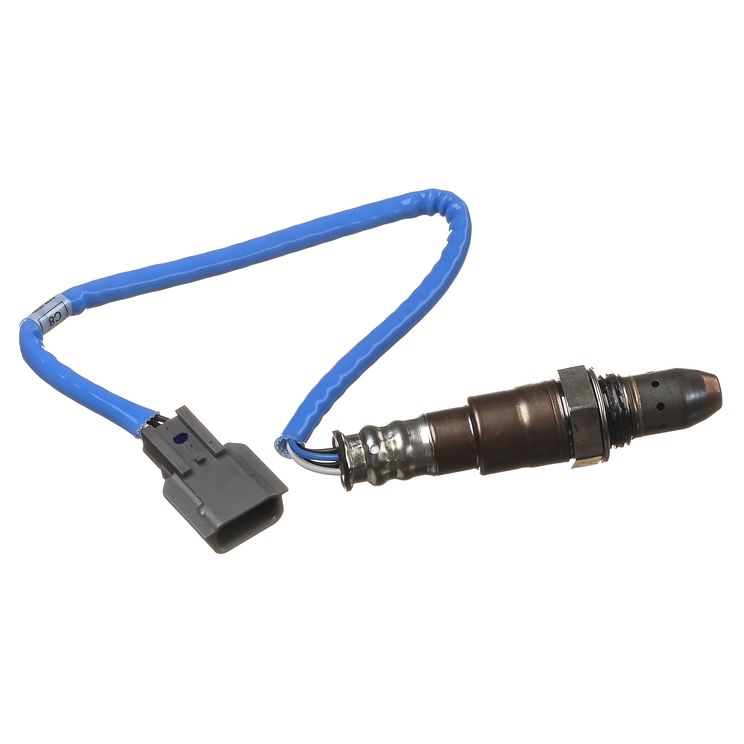-
Country / Region
-
Albania
-
Armenia
-
Austria
-
Azerbaijan
-
Belarus
-
Belgium
-
Bosnia Herzegovina
-
Bulgaria
-
Croatia
-
Cyprus
-
Czech Republic
-
Denmark
-
Estonia
-
Europe
-
Finland
-
France
-
Georgia
-
Germany
-
Greece
-
Hungary
-
Iceland
-
Ireland
-
Israel
-
Italy
-
Kazakhstan
-
Kosovo
-
Kyrgyzstan
-
Latvia
-
Lithuania
-
Luxembourg
-
Macedonia
-
Malta
-
Moldova
-
Montenegro
-
Netherlands
-
Norway
-
Poland
-
Portugal
-
Romania
-
Russia
-
Serbia
-
Slovakia
-
Slovenia
-
Spain
-
Sweden
-
Switzerland
-
Tajikistan
-
Turkey
-
Turkmenistan
-
Ukraine
-
United Kingdom
-
Uzbekistan
Lambda Sensors
Lambda sensors detect oxygen concentration levels in the combustion mixture, helping burn fuel more efficiently and control emissions.
Lambda Sensors
General information
How lambda sensors work
The air-fuel mixture in an engine’s combustion chamber can affect how hot, how quickly and how cleanly the fuel burns. For optimum combustion, the air-to-fuel ratio needs to be within a certain window. For specific driving conditions, the engine may run in sub-optimal conditions. For example, to be more fuel efficient, the engine may run on a ‘lean’ mixture. In contrast, to deliver high power performance, the A/F mixture needs to be ‘rich’. Such specific mixtures cannot be maintained for a long period of time without risking excessive emissions or even causing damage to the engine or the catalytic converter.
Lambda sensors work constantly to keep the air-fuel ratio correct by monitoring the quantity of unburned oxygen in the exhaust gases and feeding this information back to the electronic control unit (ECU), which can then dynamically adjust the air-fuel mixture to keep it close to the ‘stoichiometric point’ – the ideal ratio at which the catalytic converter will function optimally and keep emissions to a minimum.
Lambda sensors can in fact fulfil two roles: regulating sensors, placed before the catalytic converter, and diagnostic sensors, fitted after the catalyst as an extra layer of security to ensure the converter is doing its job.
DENSO’s range of proven OE-quality lambda sensors is optimised for the widest possible car parc coverage with fewer part numbers, making part sourcing easy for distributors and workshops.

Features and benefits
-
Plays a central role in reducing fuel consumption and improving engine efficiency.
-
OE standard of quality and reliability.
-
Multiple housing and fitting types available.
-
Improving technology helps lower emissions and meet regulations.
Types and characteristics
Lambda Sensors types
A conventionally functioning sensor, which uses oxygen ions passing through the sensing element to generate a high-low switching voltage. Available in thimble type (offering precision measurements) and planar type (with the heater integrated into the sensor, offering faster start-up time).

Pioneering sensor technology with a linear current output, giving oxygen quantity readings and not just a binary ‘high’ or ‘low’. This allows the ECU to make far more precise adjustments. Both thimble and planar types are available to the aftermarket.

To ensure a reliable connection, we offer two lambda sensor fitting types: direct fit sensor, with OEM connector fitted for easy installation, and universal fit sensor without a connector so you can reuse the old one.
DENSO Lambda Sensors are available in two choices of OE quality housing: screw-type and flange-type. Whatever you choose, the housing is ready to fit as the original, right out of the box – there is no need for adaptors.
Characteristics
DENSO lambda sensors are of a consistently high quality, with protective components such as corrosion-resistant stainless housing, 100% gas-tight seal, self-cleaning properties and porous PTFE membranes.
Catalogues and marketing materials
To find out more about Lambda Sensors browse the Downloads Area section. Click here.
Installation and fault finding
Correct installation and regular checks and replacements are recommended to keep lambda sensors functioning as intended. Follow our guides for best practice. Check the Download section for more information.
Installation
Disconnect the sensor and free the wiring from any fixings before turning the sensor.
Use a flare spanner with six contact points to create more grip than a conventional open-ended spanner.
Apply short strokes to break the seized connection.
Use penetrating fluid and give it time to enter properly.
If you are sure the sensor will be replaced, cut off the wire and use a long 22mm socket.
Apply heat locally (preferably by induction, not open flame).
If needed, clean the thread in the exhaust pipe with a cleaning tap.
When the thread of the sensor does not have anti-seize lubricant pre-applied, DENSO supplies a small bag of anti-seize compound. Apply this moderately to the thread. Make sure to keep the nose clean. Tighten the sensor to the prescribed torque, using a wrench with a suitable lambda sensor socket. Take care not to damage the wires.
Cut the new sensor wires to length. The new sensor with the old connector must be the same length as the old sensor and connector originally.
Strip the wire ends to a length of 7mm.
Crimp the butt-splices with a ratchet crimping tool with a red die (size 22-16).
Shrink the insulation of the butt-splices with the hot air until they are sealed.
Follow the same steps as a direct fit sensor above






















































